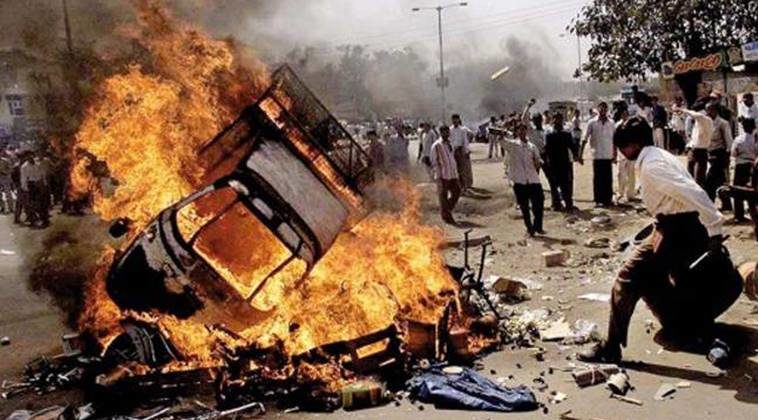From communal riots to BJP’s election manifesto, demonstration outside Kolkata’s Lalbazar to the panchayat elections – social media has been flooded with fake news and posts in these recent events of West Bengal, prompting the state government to prepare a new law to tackle the growing menace.
The latest Facebook post that led to a flurry of activities in the administration is the Russel Aziz case – the state Criminal Investigation Department (CID) started a case against Aziz, son of Md Salim – CPM politburo member and MP from Raigunj constituency of Uttar Dinajpur district – for a post in which he wrote that two poll officials had been shot dead by Trinamool Congress goons.
Aziz mentioned in his post that the information was “unverified”. But the very mention of such an unconfirmed event was enough for the CID to start a case against him under Sections 501(1)(b), 17(g) and 504 of the Indian Penal Code.
Whether deliberate or inadvertent and irresponsible, making such comments on social media can have major implications. Though actions are taken against different sections of the IPC, the state government is now drafting a separate law on this so that there can be more clarity in the nature of the offence and punishment.
For the past couple of years, the government has been building a databank on fake news and keeping a regular check on past offenders. The state and Kolkata Police have identified several paid twitter and Facebook handles, paid tweets and Facebook posts, and how the money is routed to pay for these tweets and posts.
In July 2017, Bhabatosh Chatterjee was arrested from Sonarpur in South 24 Parganas for allegedly inciting communal violence around the time clashes had taken place in Bengal’s Basirhat. Chatterjee had uploaded a still from a Bhojpuri film – showing a man forcibly pulling a woman’s saree – and claimed it showed what was happening in Basirhat and Baduria around that time. The same picture was shared – though not from Chatterjee – by Haryana BJP’s Vijeta Malik.

In July 2017 again, BJP spokesperson Nupur Sharma tweeted a picture of the Gujarat riots and called for a protest against the alleged communal violence in Bengal. Twitter users were quick to point out the origin of the photograph used. Later, the West Bengal Police tweeted and alerted people that some old photographs of “other regions and countries” were being used as West Bengal’s.
Much of the photographs used for the fake news, posts and tweets are sourced from Bangladesh, says officials. These pictures are used to change the context and shows as West Bengal or elsewhere in the country such as Kerala.
In April 2018, a tweet exposed how a woman who had been driven away from home and tortured by her neighbour in Chittagong in Bangladesh, had been used as a picture that said it was a “Hindu” woman brutally attacked and a temple “desecrated by Muslims” in Kerala.

Very recently, in April this year, when the BJP released its panchayat election manifesto in West Bengal, it showed images of desecrated idols and it soon emerged that photographs used in the manifesto were from clashes in Bangladesh in 2013 and 2016. BJP secretary Dilip Ghosh told The Bengal Story, “It was a mistake on part of our IT team. I didn’t have the time to go through the manifesto before it was released. I have asked them to be careful from next time. However, it does depict the way Hindus are being targeted by Muslims. It shows what is really happening in Bengal now.” Kolkata Police is now investigating the matter.
The case was filed against Russel Aziz is under Sections 505(1)(b) of the Indian Penal Code — whoever makes, publishes or circulates any statement, rumour or report with intent to cause, or which is likely to cause, fear or alarm to the public, or to any section of the public whereby any person may be induced to commit an offence against the State or against the public tranquility, 171(g) — false statement in connection with an election, and 504 — intentional insult with intent to provoke breach of the peace. Punishment for the last includes fine and/or imprisonment up to two years.
Sources said that the new law being framed by the government to tackle fake news and posts will have stricter punishment.

